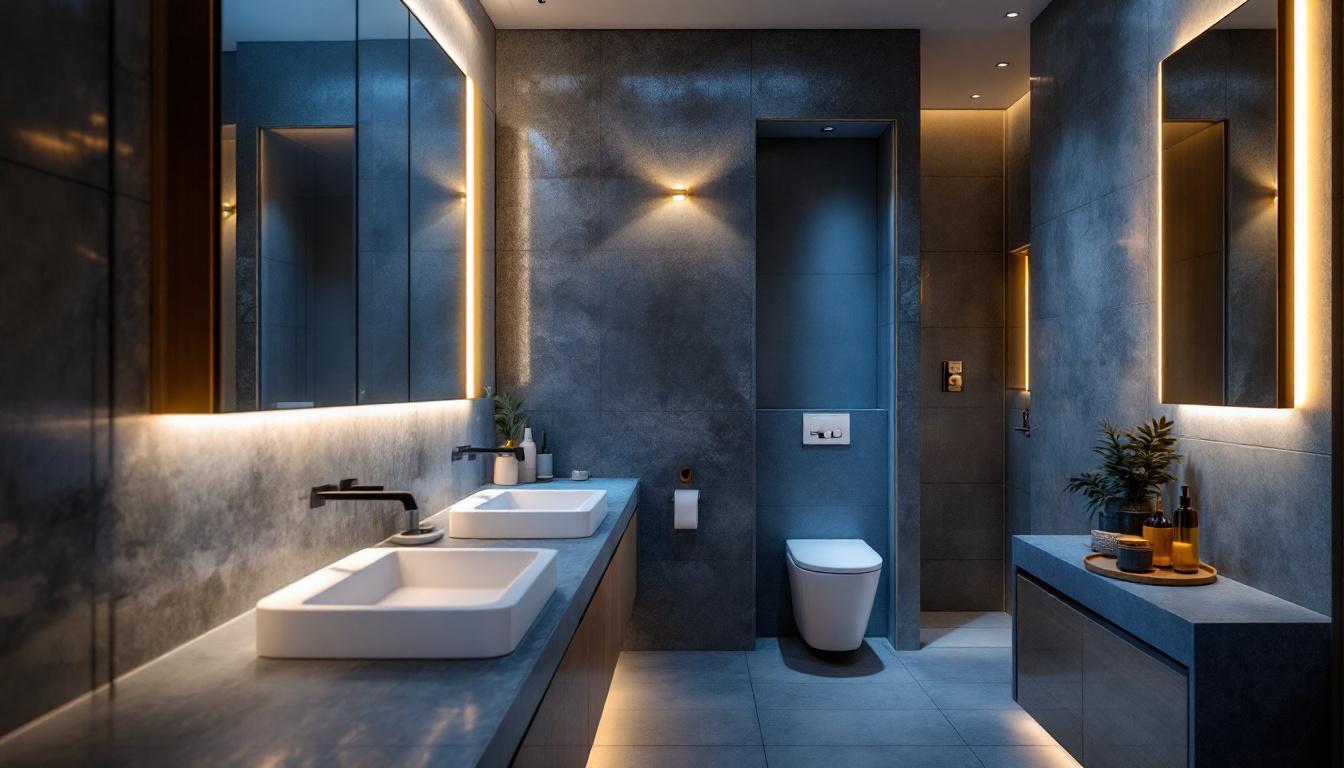
Lighting plays a crucial role in enhancing the aesthetic appeal and functionality of any space. Among the various lighting options available, ceiling lights stand out as a versatile and essential choice for both residential and commercial settings. This article delves into the world of ceiling lights, exploring their types, installation considerations, and design tips to help lighting contractors deliver exceptional results to their clients.
Ceiling lights come in various styles, each serving unique purposes and aesthetic preferences. Understanding the different types available can help contractors make informed decisions when recommending fixtures to clients.
flush mount lights are designed to sit directly against the ceiling, making them an ideal choice for spaces with low ceilings. They provide ample illumination without taking up much vertical space. These fixtures are available in various designs, from simple and minimalist to more decorative options that can serve as focal points in a room.
When selecting flush mount lights, consider the size of the room and the amount of light required. Larger fixtures may be suitable for expansive areas, while smaller ones work better in more intimate spaces. Additionally, energy-efficient LED options are increasingly popular, offering longevity and lower energy costs. Many modern flush mount lights also incorporate dimmable features, allowing homeowners to adjust the brightness according to the time of day or mood, further enhancing their versatility.
pendant lights hang from the ceiling, typically suspended by a cord, chain, or rod. They are versatile and can be used in various settings, from kitchens and dining areas to entryways and living rooms. The height at which they are installed can dramatically affect the ambiance of a space, making them an excellent choice for creating a specific mood.
Contractors should consider the scale of the room and the height of the ceiling when recommending pendant lights. A cluster of smaller pendants can create a striking visual effect, while a single, larger pendant can serve as a statement piece. Furthermore, the choice of materials and finishes can enhance the overall design aesthetic. For example, glass pendants can add a touch of sophistication, while industrial-style metal fixtures can introduce a rustic charm. Additionally, pendant lights can be used in creative ways, such as over kitchen islands or dining tables, to provide focused lighting where it’s most needed.
Chandeliers are often associated with elegance and grandeur, making them a popular choice for dining rooms, entryways, and living areas. These fixtures can vary significantly in size, style, and complexity, from simple designs to elaborate, multi-tiered structures adorned with crystals or decorative elements.
When advising clients on chandelier selection, it’s essential to consider the room’s size and ceiling height. A chandelier that is too large can overwhelm a small space, while one that is too small may not provide enough visual impact. Additionally, the style of the chandelier should complement the overall décor of the room. Many modern chandeliers also incorporate smart technology, allowing users to control brightness and color temperature through mobile apps or voice commands, which can be particularly appealing to tech-savvy homeowners. Moreover, the placement of chandeliers can enhance architectural features, such as vaulted ceilings or ornate moldings, adding an extra layer of sophistication to the interior design.
Proper installation of ceiling lights is critical to ensure safety, functionality, and aesthetic appeal. Lighting contractors must be aware of various factors that can influence the installation process.
Before installing any ceiling light fixture, it’s essential to assess the electrical requirements. This includes checking the existing wiring to ensure it can support the new fixture. Contractors should also be familiar with local electrical codes and regulations to ensure compliance and safety.
In some cases, it may be necessary to upgrade the wiring or install additional circuits, especially when dealing with high-wattage fixtures or multiple lights on a single circuit. Proper grounding and securing of fixtures are also crucial to prevent hazards. Furthermore, it’s advisable for contractors to consider the type of bulbs being used, as LED options, for example, require less wattage and can significantly reduce energy consumption while providing ample illumination.
The height of the ceiling and the overall space available can greatly influence the choice and installation of ceiling lights. In rooms with low ceilings, flush mount lights or low-profile fixtures are preferable to avoid creating a cramped feeling. Conversely, in spaces with high ceilings, pendant lights or chandeliers can add drama and visual interest.
Additionally, the layout of the room should be considered. Placing lights strategically can enhance the functionality of the space, providing adequate illumination where it is needed most. For instance, in a kitchen, task lighting above countertops can be beneficial, while ambient lighting can create a warm atmosphere in a living room. Incorporating dimmable options can also allow homeowners to adjust the brightness based on the time of day or activity, further enhancing the room’s versatility.
Accessibility is another critical factor to consider during installation. Fixtures that are difficult to reach can pose challenges for maintenance and bulb replacement. Contractors should ensure that lights are installed at heights that allow easy access for routine upkeep.
In some cases, it may be beneficial to incorporate features such as dimmers or smart lighting controls, which can enhance usability and energy efficiency. Educating clients on how to maintain their lighting fixtures can also contribute to their longevity and performance. Moreover, discussing the potential for future upgrades, such as integrating smart home systems that allow for remote control and scheduling, can provide added value and convenience for homeowners, making their living spaces not only more beautiful but also more functional.
Incorporating ceiling lights into a design scheme requires a thoughtful approach to achieve the desired ambiance and functionality. Here are some design tips to consider when working with ceiling lighting.
Effective lighting design often involves layering different types of lighting to create depth and dimension. Combining ambient, task, and accent lighting can enhance the overall atmosphere of a space. Ceiling lights can provide the ambient light necessary for general illumination, while additional fixtures like wall sconces or table lamps can serve specific tasks or highlight architectural features.
When layering light, consider the color temperature of the bulbs used. Warmer tones can create a cozy and inviting atmosphere, while cooler tones may be more suitable for workspaces or modern designs. Balancing these elements can lead to a harmonious lighting scheme.
The choice of bulbs can significantly impact the quality of light produced by ceiling fixtures. LED bulbs are becoming increasingly popular due to their energy efficiency and long lifespan. They are available in various color temperatures and brightness levels, allowing for customization based on the specific needs of the space.
Contractors should also educate clients on the importance of selecting bulbs with the appropriate lumen output for their fixtures. Higher lumens indicate brighter light, which may be necessary for task-oriented areas, while lower lumens can create a softer, more relaxing ambiance in living spaces.
The style of ceiling lights should complement the overall design theme of the space. Whether a client prefers a modern, minimalist look or a more traditional aesthetic, there are ceiling light options available to suit every taste. Mixing and matching different styles can also create a unique and personalized atmosphere.
Additionally, consider the materials and finishes of the fixtures. Metal, glass, and fabric can all contribute to the overall design narrative. For instance, a sleek metal pendant can enhance a contemporary kitchen, while a vintage chandelier can add character to a traditional dining room.
As energy efficiency becomes increasingly important in lighting design, contractors should be well-versed in sustainable practices. Ceiling lights offer numerous opportunities for energy savings and environmentally friendly choices.
LED lighting technology has revolutionized the lighting industry, providing an energy-efficient alternative to traditional incandescent and fluorescent bulbs. LED bulbs consume significantly less energy and have a much longer lifespan, reducing the frequency of replacements.
When recommending ceiling lights, contractors should prioritize LED options whenever possible. Many manufacturers now offer a wide range of stylish LED fixtures that do not compromise on aesthetics while providing substantial energy savings.
Smart lighting solutions are gaining popularity among homeowners and businesses alike. These systems allow users to control their lighting remotely, adjust brightness levels, and even change color temperatures through smart devices. Incorporating smart ceiling lights can enhance the user experience and contribute to energy savings.
Contractors should stay informed about the latest smart lighting technologies and be prepared to educate clients on their benefits. Offering smart solutions can set a contractor apart in a competitive market and provide added value to clients.
Ceiling lights are a fundamental aspect of any lighting design, offering versatility, functionality, and aesthetic appeal. By understanding the various types of ceiling lights, installation considerations, and design tips, lighting contractors can provide exceptional service to their clients. Emphasizing energy efficiency and sustainability further enhances the value of the lighting solutions offered.
As trends in lighting continue to evolve, staying informed and adaptable is key for contractors. By embracing new technologies and design philosophies, they can ensure their projects not only meet but exceed client expectations. Ultimately, the right ceiling lights can transform a space, creating an inviting and well-lit environment that enhances both form and function.
Ready to elevate your lighting projects with the best in spec-grade ceiling lights? Look no further than LumenWholesale, where we provide contractors with superior lighting solutions at unbeatable wholesale prices. Say goodbye to local distributor markups and hello to our extensive selection of high-quality, reliable lighting products. With free shipping on bulk orders, you can trust that you’re getting premium lighting at the best value — without any hidden fees. Make your next project shine with the perfect blend of quality, affordability, and convenience. Wholesale Lighting at the Best Value is just a click away.

Discover the ultimate guide for lighting professionals with our essential checklist for square recessed lights.

Discover essential strategies for effectively training your team in LED fluorescent tube replacement.

Discover expert tips and insights for lighting contractors on selecting and installing bathroom recessed lights.

Discover the comprehensive guide to lamp posts with outlets, tailored for lighting contractors.